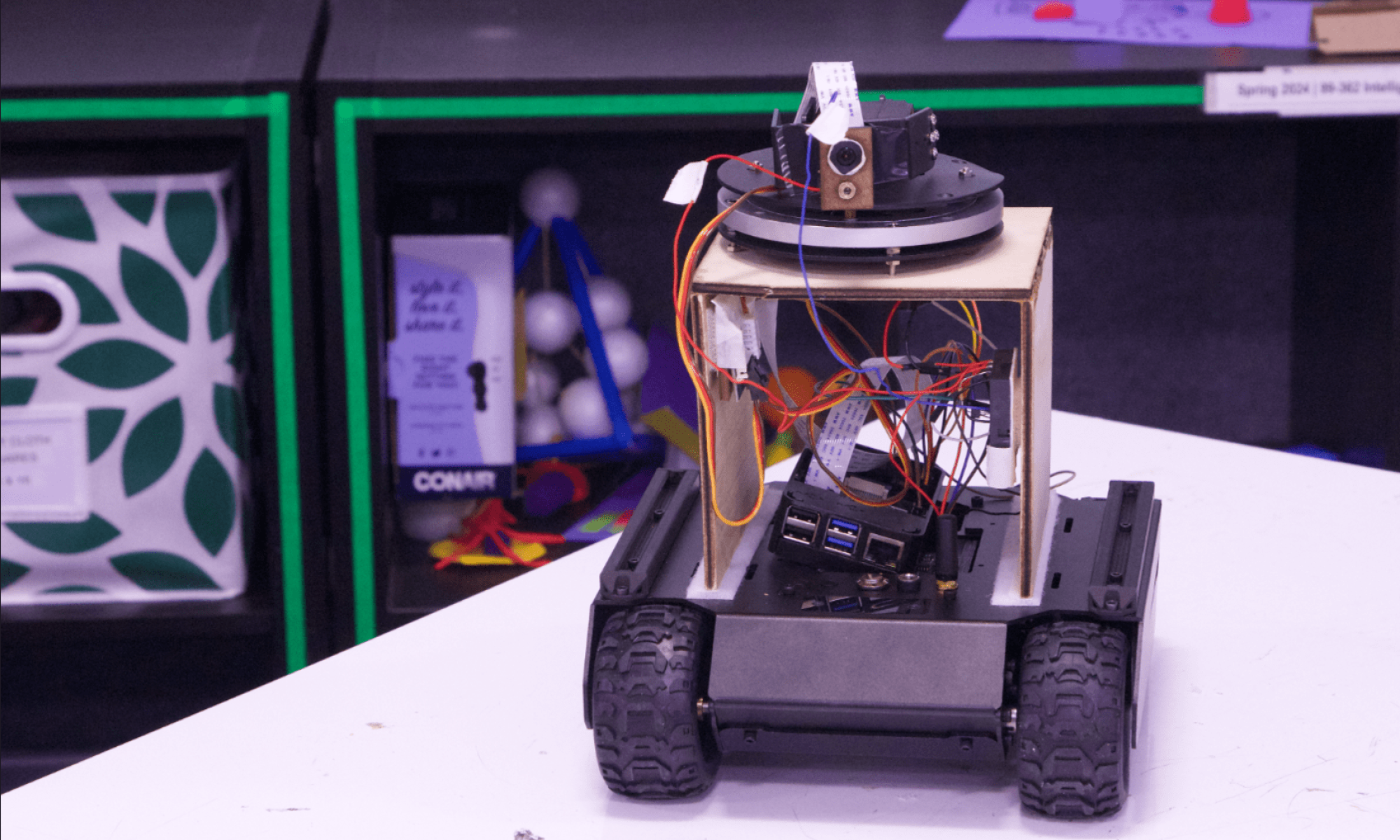Significant Risks and Contingency Plans
The most significant risk to our project right now is getting the entire rover to work together. We managed to overcome our most significant concern last week by getting the PTZ camera feed to display. That said, it turned out to be a hardware concern, so we are debating if we want to purchase the same camera again, or to use a different camera which also functions. Using a new camera would involve trying to learn the library again (and it is unable to Zoom), but the camera can be displayed. As a result, we simply need to decide between the two cameras, with the contingency plan being the other camera. We also need to make sure everything can come altogether into one system, which can definitely have some unforeseen issues. Right now, we work on two different RPi’s, which would be the contingency plan if we cannot get everything to work on one RPI.
System Changes
As of right now, no major system changes from the last Team Status Report exist. Other than that, we still plan on continuing to implement the system with the original PTZ Camera motor. If we choose to switch to a different camera, that may be a hardware change. If we decide to order the same camera again, then there will be no difference.
Other Updates
Our schedule has been updated, and is reflected in our new Gantt Chart. Our progress has been a bit delayed, since the camera had been very troublesome, but now that that has been mostly resolved, the team can go back to focusing on their individual portions. We plan on having a preliminary end-to-end system working by the interim demo.
